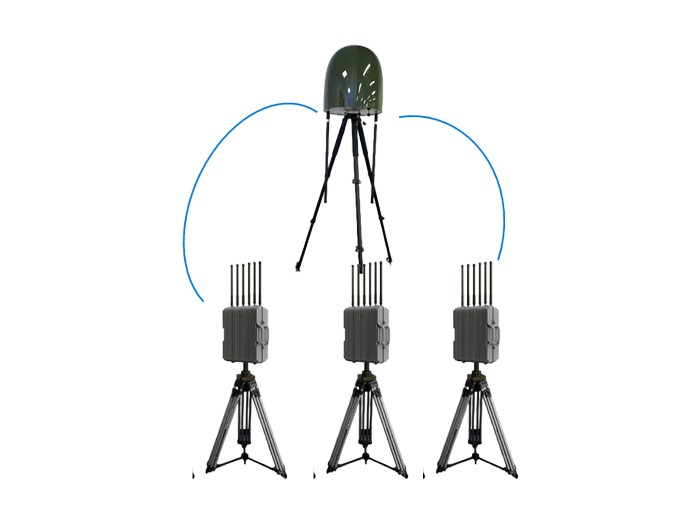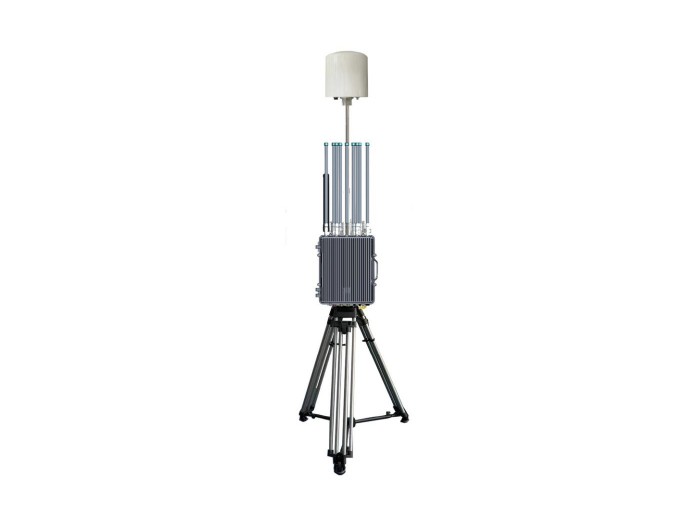Drone Defense Gun DIY Build: Practical Guide to Protecting Your Airspace
In today’s world, drones are increasingly prevalent in both recreational and professional environments. However, not all drone usage is benign—unauthorized or hostile drones pose risks to privacy, security, and sensitive installations. As awareness grows, many are seeking effective, affordable ways to protect their airspace. A drone defense gun DIY build is an innovative solution that empowers individuals and organizations to counter unwanted drone incursions safely and legally. This guide will walk you through understanding, designing, and assembling your own drone defense gun, integrating key technical insights and practical steps. Whether you’re a security professional, hobbyist, or concerned resident, learning how to build a drone jammer can enhance your defenses against aerial threats.
Understanding What a Drone Defense Gun Is and How It Works
A drone defense gun is a specialized electronic device designed to disrupt the communication between a drone and its controller, effectively neutralizing the drone’s operation. Typically, these devices emit radiofrequency (RF) signals on the common drone control bands (such as 2.4 GHz and 5.8 GHz) to block or hijack the signals, causing the drone to hover, return to home, or land safely.
DIY drone defense guns generally utilize components such as directional antennas, RF signal generators, and power amplifiers. The design focuses on creating a portable jammer with a directional beam to target only the offending drone without disrupting other nearby communications. According to industry research, directional RF jammers can extend up to 500 meters under optimal conditions, making them effective for medium-range drone defense scenarios.
Understanding the legal landscape is crucial: jamming devices may be regulated or restricted in many regions, so verifying local laws before building or using a drone defense gun is imperative.
Benefits and Applications of a DIY Drone Jammer
Building your own drone defense gun offers several key advantages:
- Cost Efficiency: Commercial drone jammers can cost thousands of dollars, while DIY builds can be assembled for a fraction of the price using readily available components.
- Customization: A DIY approach allows tailoring the device’s power, range, and antenna configuration to specific needs, such as perimeter security or event protection.
- Portability: Compact drone jammers designed as hand-held "guns" offer easy deployment in various environments.
- Learning and Skill Development: DIY projects enhance understanding of RF technology and drone countermeasures, valuable knowledge for security professionals and enthusiasts.
Typical use cases include safeguarding private properties, government facilities, outdoor events, VIP zones, and sensitive industrial sites where drone surveillance or delivery could pose security risks.
Step-by-Step Guide to Building Your Own Drone Defense Gun
To successfully build a drone defense gun, follow these key steps:
- Gather Components: Obtain an RF signal generator module compatible with drone frequency bands (2.4 GHz and 5.8 GHz), a directional antenna such as a Yagi or patch antenna, a power amplifier to boost jammer effectiveness, a rechargeable battery pack for mobility, and housing materials for assembly.
- Assemble the Antenna and Amplifier: Connect the directional antenna to the amplifier carefully to ensure minimal signal loss. Test antenna directionality with a Wi-Fi scanner or drone signal detector to confirm coverage angle.
- Integrate the Signal Generator: Program the signal generator to emit jamming frequencies used by common drones. Many open-source firmware options allow tuning to specific bands for better performance.
- Power Management: Incorporate a battery with sufficient capacity to allow operational time of at least 30 minutes. Design a power supply circuit with safety features like overheat and short-circuit protection.
- Final Assembly: Mount all components into a lightweight, ergonomic enclosure shaped like a shotgun-style gun for intuitive aiming. Include an on/off switch and indicator LEDs for status monitoring.
- Testing and Calibration: Verify the jammer’s effectiveness in a controlled environment by attempting to disrupt drone connections. Adjust antenna angles and signal strength as needed.

Safety reminder: Always operate your drone jammer responsibly, avoiding interference with authorized communications or aircrafts.
Trends and Future of Drone Defense Technologies
The drone defense industry is rapidly evolving, with innovations moving beyond traditional RF jamming devices toward multi-layered systems incorporating radar detection, AI-based identification, and drone capture nets. DIY drone defense gun builds offer a practical entry point into this technology space, supporting grassroots security efforts.
Recent studies project the global drone detection and neutralization market to grow over 15% annually through 2028, driven by increasing regulations and security needs. Combining DIY drone jammer designs with professional detection systems enhances overall protective capabilities, forming a balanced and effective drone countermeasure strategy.
Looking ahead, accessible drone defense gun DIY kits and modular components are becoming more widespread, empowering users to rapidly deploy tailored solutions without significant investment.
Key Takeaways: Practical Tips for Building and Using Your Drone Defense Gun
- Ensure you research and comply with local laws regarding RF jamming devices before assembling or deploying your drone defense gun.
- Focus on building a directional jammer to minimize unintended interference and improve target accuracy.
- Test your device extensively in controlled environments to fine-tune the power output and antenna alignment.
- Consider integration with drone detection sensors for early warning and better operational timing.
- Visit our website for detailed tutorials, component recommendations, and expert consulting to enhance your DIY drone defense gun project.
Want to learn more about drone defense strategies? Visit our website or contact us for professional advice!
Conclusion: Secure Your Airspace with DIY Drone Defense Solutions
Building a drone defense gun yourself can be an effective and rewarding way to protect your property and sensitive areas from unauthorized drone activity. This guide has provided a comprehensive overview—from understanding how drone defense guns work to practical steps for assembling your own device, plus insights into current trends. Our expertise in drone countermeasure technologies ensures you receive up-to-date, practical information crucial for your project.
Don’t wait until an aerial threat compromises your security. Visit our website now for more detailed guides, component lists, and expert consultation options that will help you successfully build and deploy your drone defense gun DIY system today!
















